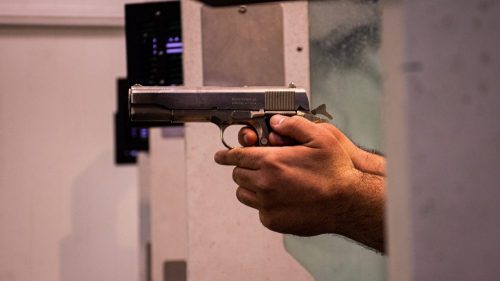
Campus and healthcare environments are highly-public and this means that security can be a real challenge. Officers must prioritize customer service, making staff, students, patients, and visitors feel welcome while balancing an awareness of surroundings and being acutely aware of any potential threats or suspicious activity.
Awareness is absolutely essential in active shooter preparedness and response. While post-secondary school campuses and hospital environments are frequent targets, all sites are potentially vulnerable. Active shooter events can occur anywhere so it is important to be prepared.
Having the knowledge to recognize these situations and then being able to react accordingly is crucial. This is why the principles of “Run, Hide, Fight” are so critical for us all to understand.
Run
In an active shooter event, evacuation is the best possible choice. Do not attempt to bring personal belongings, and take whomever you can with you. Get to safety, away from the threat, as far and as quickly as possible. Ensure you are aware of possible exits and escape routes ahead of time, so that you can get yourself and others to safety.
Hide
If you are not able to run (for example, in a classroom setting with only one exit or a hospital with patients who are not mobile), then you must shelter in place. Close and lock all doors, turn off lights and cell phones, barricade doors if possible, and be as quiet as you can.
Fight
If you’re unable to run or hide, then fighting is your last resort. The objective here is not to be a hero – you are absolutely not looking to confront the shooter. But if you can’t run and you can’t hide, and you’re confronted, then you fight for your life with the mindset that at this point you will do whatever it takes.
It is also important to remember that when police arrive on the scene their imperative is to locate the shooter. Don’t attempt to stop them, give them details, or ask for medical assistance for wounded individuals. Simply stay out of their way, keep your hands up and allow them to do their job. Medical response will be the immediate priority once the threat has been neutralized.












